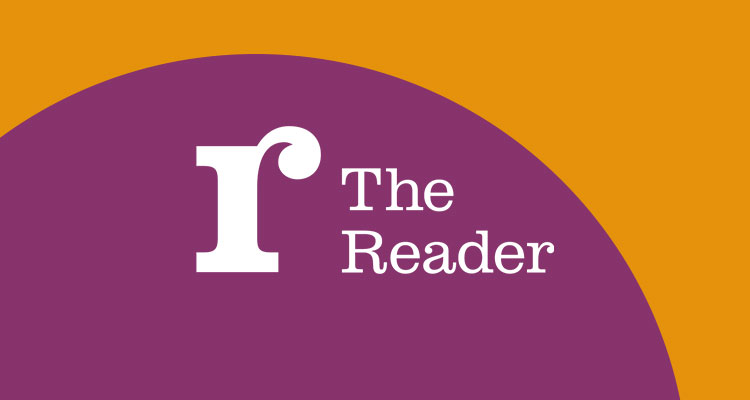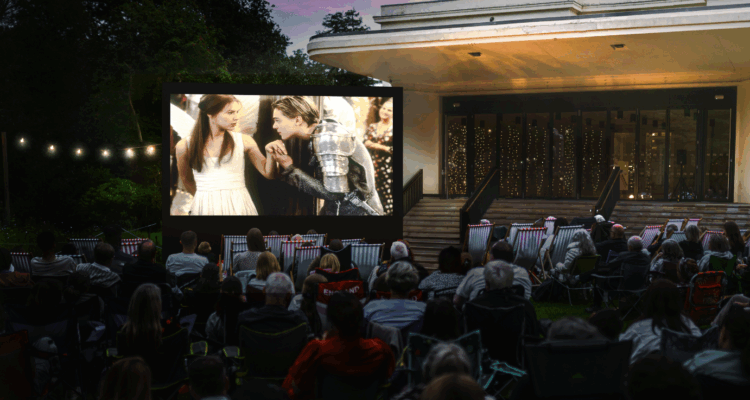10 fascinating facts about commonplace books
Here at The Reader, we are inviting you to create your own page for our Commonplace Book – a community scrapbook which will capture the ways people have lived through the Covid-19 pandemic.
We are collecting submissions from across our community that record people’s thoughts, feelings and experiences. When we are open again it will be displayed at the Mansion House to provide a record of this time for the future.
But what exactly is a commonplace book? Only one of the most fascinating note books you could hope to find! We’ve compiled the following 10 facts to show you why:
1. Commonplace books are a tool to help people think about the world. They were especially popular in the Renaissance and the 19th century, which were both periods of time with lots of new ideas to consider.
2. They are like a scrapbook or a journal, but also something totally unique! Commonplace books are used to record anything that the writer considers important and wants to remember. The writers often jot down their response to the scraps of text they have collected.
3. Every commonplace book is unique to the person that made it. You can’t predict what you will find in a commonplace book, because they reflect the interests of the creator. However, there are some general trends. Historic examples often contain recipes, quotes, letters, poems, proverbs, prayers, and legal formulas.
4. They are more like a database than a diary. In the past many people used commonplace books as a way to order their ideas and make them easy to refer back to. Each entry was classified and ordered by subject and category- making them a useful way for scientists and scholars to take notes.
5. Commonplace books were used by trail-blazing women! In the 18th century women couldn’t go to university and commonplace books became a popular way for these women to record their reading, thoughts and ideas.
6. They were also used to enhance domestic bliss. Some households had commonplace books which were used to collate ethical or informative texts, recipes, and medical formulae.
7. They have a literary history. Many writers, including Samuel Taylor Coleridge, Mark Twain and Virginia Woolf, have used a commonplace book to organize their thoughts.
8. Commonplace books are a window to the past. Reading a historic commonplace book can tell you a lot about the time it was written. In the writer John Milton’s commonplace book, from the 17th century, he contemplates divorce, kingship, and free speech.
9. Once a commonplacer, always a commonplacer! Many commonplace book writers maintain the habit their whole life. For example, the English-Australian artist Georgina McCrae kept a commonplace book from 1828-1865.
10. Commonplace books are still used today. In our digital age commonplace books are gaining popularity as a way to slow down and process your thoughts. All you need is a pen and some paper, so why not give it a go?
Feeling inspired? You can add a page to our community commonplace book. Find more information about our Pandemic Commonplace Book.

Share
Related Articles

Open Air Cinema and Theatre FAQ’s
If you were able to snap up tickets to our Open Air programme this summer, check below for any queries…

New Liverpool open air cinema brings movies to the Mansion
NEW FOR 2025: Eight handpicked films will hit the big screen in Calderstones Park this summer as national Shared Reading…

A breath of fresh air! This summer’s outdoor and cultural events at our Calderstones Park home
The Reader serves up a giant scoop of summer arts and entertainment from three special summer garden parties with special…


